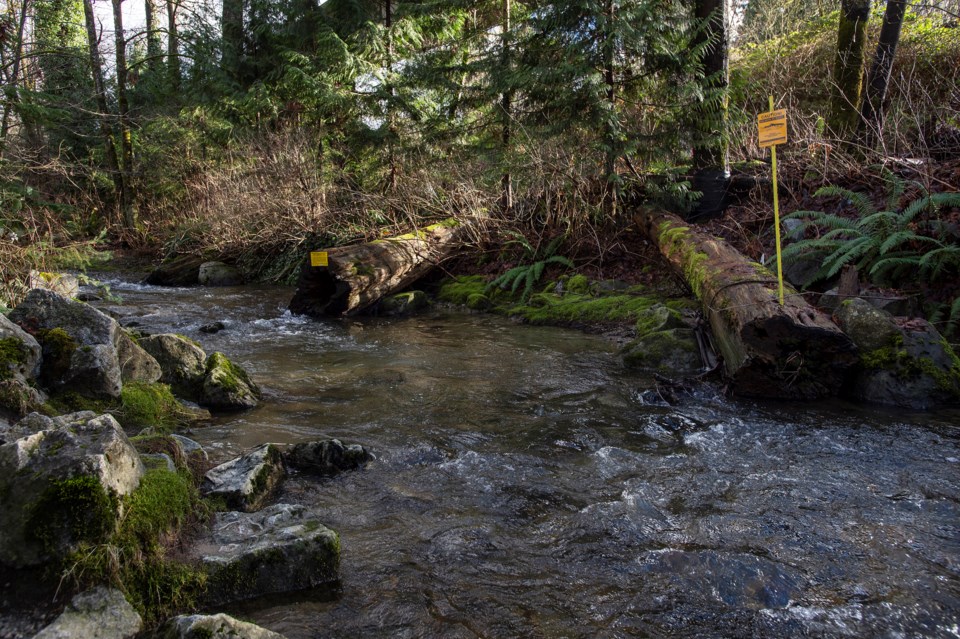Large new development sites in the Stoney Creek Watershed will soon be required to install high-tech water quality monitoring equipment to protect nearby creeks and streams.
Coquitlam's latest move to protect local waterways is set to update the city's stream and drainage system protection bylaw to require real-time continuous water quality monitoring equipment at large development sites in the Stoney Creek Watershed.
The new requirement will augment existing environmental protections and increase the scrutiny of water leaving construction sites," according to a news release.
At its Nov. 28 meeting, city council considered an amendment to the bylaw, which, if approved, will apply to all new townhouse and apartment development sites near Stoney Creek.
The city is set to provide support and information to assist developers with the new requirement.
New tech to protect creeks, streams
Coquitlam currently requires all development sites larger than single family/duplex to test their water discharge regularly (weekly from Oct. 15 to May 15 and bi-weekly from May 16 to Oct. 14) and submit reports through qualified erosion and sediment control supervisors. The city also conducts compliance patrols.
While this approach meets environmental protection requirements, over the past year the city has been exploring the use of real-time, continuous water quality monitoring equipment to gain a more timely and complete picture of watershed health and changes in urban streams. The innovative technology is increasingly being required across Metro Vancouver, including new large construction sites in Burnaby (excluding single-family and duplex housing) and several sites in Port Moody.
The devices are installed on development sites and monitor water quality parameters such as turbidity (cloudiness) and pH (alkaline/acid) levels in real time. Any water that does not meet requirements is recirculated for additional treatment. Data is available online.
Promising results from early testing
The proposed bylaw change follows more than seven months of real-time monitoring from equipment the city installed this spring at Hoy, Stoney and Partington Creeks and a construction site in the Stoney Creek Watershed.
Testing showed unexplained spikes in several water quality parameters in Stoney Creek downstream from a development site. For example, Stoney Creek had two to three times the turbidity events as Hoy Creek from March to October. The early results enabled the city to quickly identify the issue and work with the developer to improve the water treatment system.
Based on this success, the city notified the development community in June of the new technology and encouraged them to voluntarily include it in new development applications.
Implementing the new requirements
Coquitlam’s updated bylaw will require developers to provide real-time water quality monitoring in the Stoney Creek Watershed during all stages of construction that involve excavation or soil disturbance. The requirement does not apply to single-family, duplex, triplex, fourplex, multiplex or demolition sites, but other erosion and sediment control facilities and best practices, described in the Stream and Drainage System Protection Bylaw, are still required for these sites.
The cost to developers — approximately $4,000 per month per site for rental, maintenance and data — would potentially be offset by the savings from remote monitoring, rapid identification of issues and reduced risk of fines or stop work orders.
Looking ahead
Because monitoring at the other locations this year has not shown any unusual spikes in turbidity or pH, the city explained it's taking a "moderate and data-driven approach to introducing the technology."
Stoney Creek Watershed will act as a test case, providing the city and development community time to review, adapt and learn from the new technology before considering it for other development areas and creeks.
For more information, you're encouraged to visit the City of Coquitlam's website.





